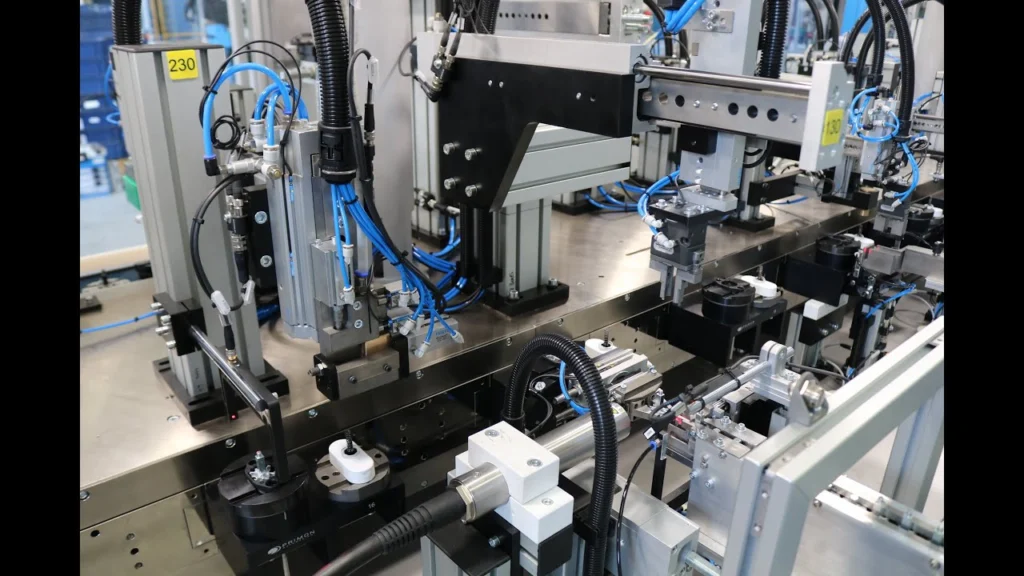
Automation systems are systems that use computers and other technologies to control and monitor industrial processes. They are used in a wide variety of industries, including manufacturing, food and beverage, pharmaceuticals, and oil and gas.
Automation systems typically consist of the following components:
- Sensors: Sensors collect data about the process, such as temperature, pressure, and flow rate.
- Controllers: Controllers receive the data from the sensors and compare it to set points. The controllers then send signals to the actuators to adjust the process accordingly.
- Actuators: Actuators make changes to the process, such as opening and closing valves, adjusting pumps, and turning motors on and off.
Automation systems can be used to automate a wide variety of tasks, including:
- Controlling the flow of materials and fluids: Automation systems can be used to control the flow of materials and fluids through a process, such as the flow of oil through a pipeline or the flow of water through a treatment plant.
- Maintaining process variables: Automation systems can be used to maintain process variables, such as temperature, pressure, and flow rate, within specified limits.
- Optimizing the process: Automation systems can be used to optimize the process by making adjustments to the process variables based on real-time data.
- Protecting the process: Automation systems can be used to protect the process from problems, such as overpressure and overheating.
Automation systems offer a number of benefits, including:
- Increased productivity: Automation systems can help to increase productivity by automating tasks that were previously performed manually.
- Improved quality: Automation systems can help to improve product quality by reducing the risk of human error.
- Reduced costs: Automation systems can help to reduce costs by reducing the need for manual labor and improving efficiency.
- Increased safety: Automation systems can help to improve safety by reducing the need for workers to interact with dangerous machinery.
- Reduced environmental impact: Automation systems can help to reduce environmental impact by optimizing the process and reducing waste.
Automation systems play an important role in many industries. They help manufacturers to improve their productivity, quality, costs, safety, and environmental impact.
Here are some specific examples of automation system applications:
- Automotive industry: Automation systems are used in the automotive industry to assemble cars, trucks, and other vehicles. Robots perform a variety of tasks, such as welding body panels, painting car bodies, and installing engines and other components.
- Electronics industry: Automation systems are also used in the electronics industry to assemble electronic devices such as smartphones, computers, and televisions. Robots perform a variety of tasks, such as placing components on circuit boards, soldering components together, and testing finished products.
- Food and beverage industry: Automation systems are also used in the food and beverage industry to package food and beverages. Robots perform a variety of tasks, such as picking and placing food items in containers, filling containers with liquids, and sealing containers.
- Pharmaceutical industry: Automation systems are also used in the pharmaceutical industry to package pharmaceuticals. Robots perform a variety of tasks, such as picking and placing pharmaceutical products in containers, filling containers with pharmaceutical products, and sealing containers.
Automation systems are becoming increasingly sophisticated and integrated. Automation systems are being integrated with other manufacturing systems, such as enterprise resource planning (ERP) systems and customer relationship management (CRM) systems. This integration is helping manufacturers to improve their overall efficiency and effectiveness.
Overall, automation systems play an important role in many industries. They help manufacturers to improve their productivity, quality, costs, safety, and environmental impact.
